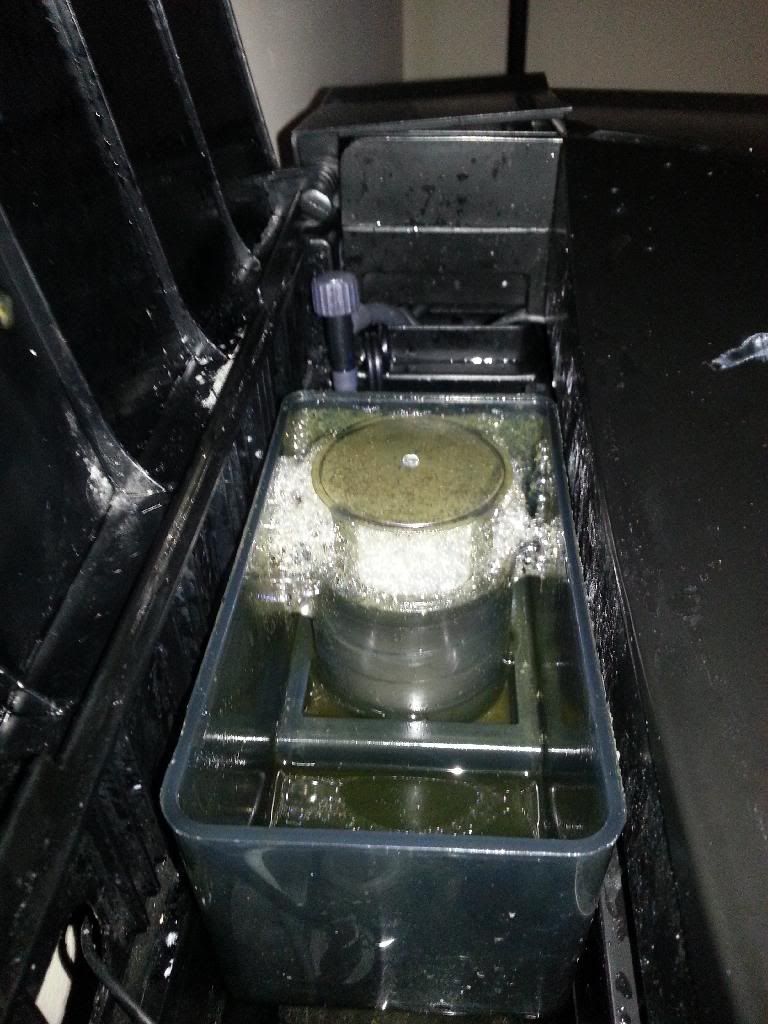Ok Folks, Cyano, whilst poor skimming can for sure be a contributing factor something that has been proven many times by our customers using Red Sea's No3Po4-X and highly accurate No3 test kits is the absence of No3 even with very low Po4 levels can lead to an outbreak of Cyano.
Customers who have suffered from high No3 level who have gone on to use No3Po4-X have brought their No3 under control, some who have not adjusted the No3Po4-X dosage as suggested have driven the No3 to nil, this has sometimes led them to experience an outbreak of Cyano, once the dosage has been corrected and trace No3 (at least 0.25ppm) level stabilized the Cyano has receded.
The latest research suggests the following.
Cyano are the only life forms in the Reef aquarium that can fix dissolved atmospheric nitrogen, therefore they do not need nitrate or ammonia like other algae’s, this makes them the strongest micro-organism even in low nutrient type systems.
The latest research suggests that Cyano Bacteria can survive and even flourish on sulphate which can make things difficult as there is approximately 940ppm in normal sea water, so you can see why you can still suffer this when having very low algae nutrient levels.
There appears to be a preference for No3 by the Cyano so when present the cultures are kept in check, definitely worth a try :happywalk



